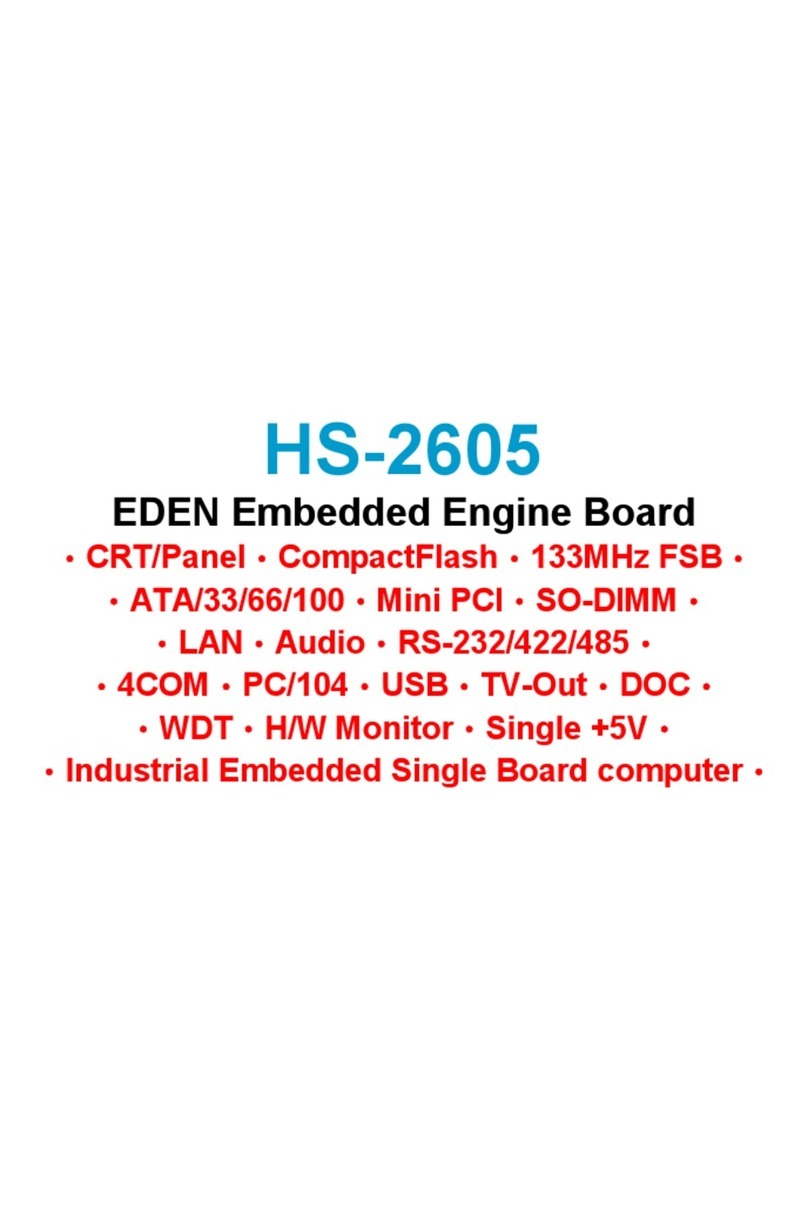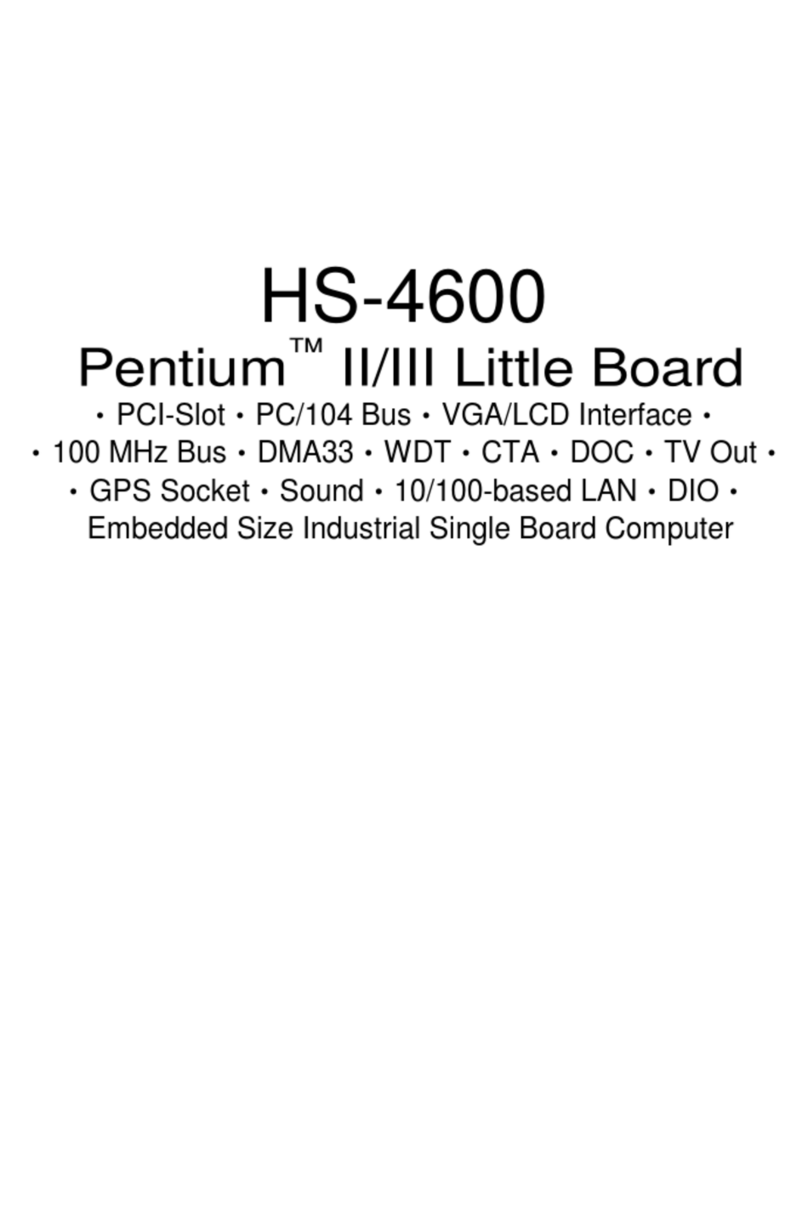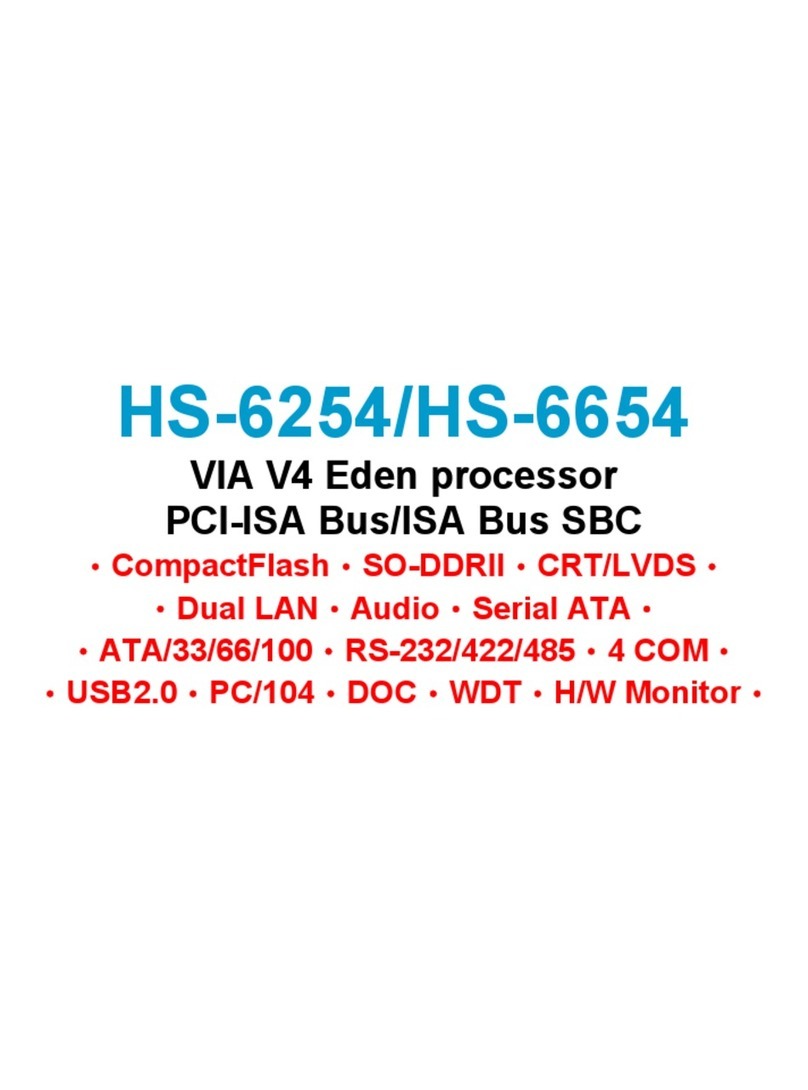
Contents?i
Contents
HS-6010...................................................................................................................1
HS-6010P................................................................................................................1
GENERAL INFORMATION.........................................................................................3
1.1 MAJOR FEATURES..................................................................................................4
1.2 SPECIFICATIONS ......................................................................................................5
1.3 DELIVERY PACKAGE..............................................................................................7
HARDWARE INSTALLATION...................................................................................8
2.1 CAUTION OF STATIC ELECTRICITY........................................................................8
2.2 CAUTION ON UNPACKING AND BEFORE INSTALLATION......................................9
2.3 HS-6010’S LAYOUT............................................................................................10
2.4 QUICK LISTING OF JUMPERS.................................................................................11
2.5 QUICK LISTING OF CONNECTORS ........................................................................11
2.6 JUMPER SETTING DESCRIPTION............................................................................13
2.7 SETTING THE BUS-CLOCK FREQUENCY .............................................................14
2.8 FREQUENCY MULTIPLIER SETTING......................................................................14
2.9 SETTING THE RTC CONFIGURATION...................................................................15
2.10 SYSTEM MEMORY DRAM................................................................................15
2.11 ATX/AT POWER SELECT..................................................................................15
2.12 WATCH-DOG TIMER...........................................................................................16
2.13 PCI VGA CONTROLLER...................................................................................18
2.14 DISKONCHIP?ADDRESS SETTING..................................................................18
CONNECTION..............................................................................................................19
3.1 POWER AND FAN CONNECTORS .......................................................................19
3.2 IDE'S LED, KEY-LOCK AND RESET BUTTON...................................................20
3.3 EXTRA SPEAKER CONNECTOR............................................................................20
3.4 PCI E-IDE DRIVE CONNECTOR..........................................................................21
3.5 PS/2 POWER ON/OFF CONTROL....................................................................23
3.6 PARALLEL PORT CONNECTOR............................................................................23
3.7 THE FLOPPY DISK DRIVE CONNECTOR...............................................................24
3.8 SERIAL PORTS CONNECTORS.............................................................................25
3.9 KEYBOARD CONNECTORS...................................................................................26

































